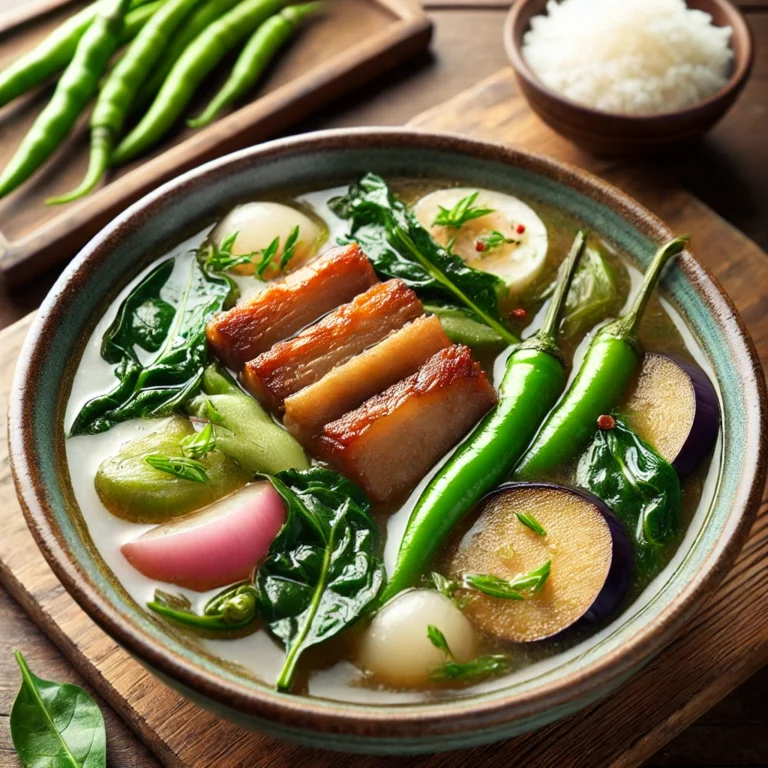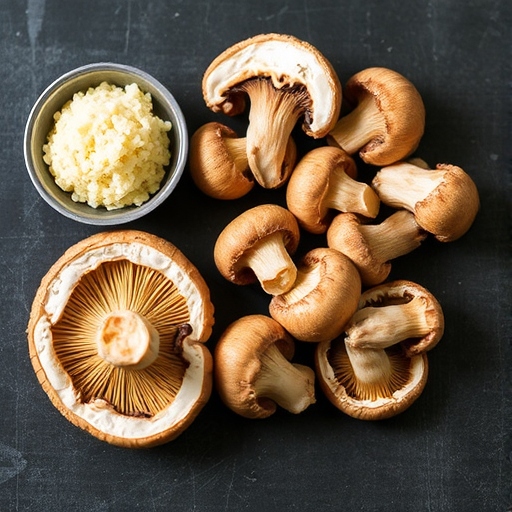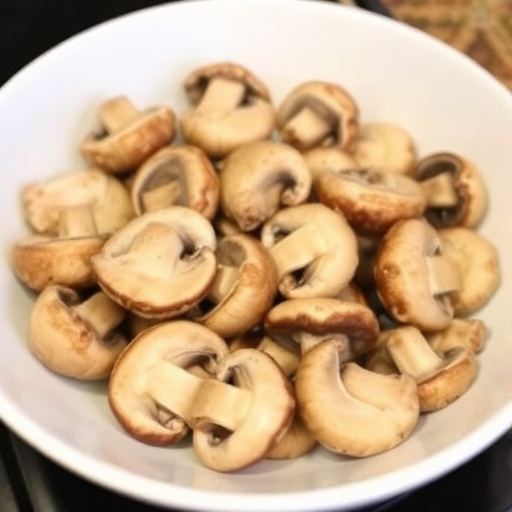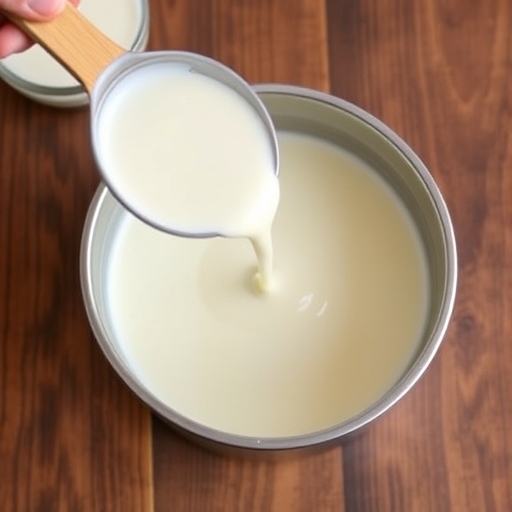Introduction
Wingstop Ranch is the perfect complement to spicy wings, crispy fries, or fresh vegetables. Known for its creamy texture and tangy flavor, this fan-favorite dipping sauce is surprisingly simple to recreate at home. By following this recipe, you’ll achieve a homemade version that rivals the real deal, ideal for any occasion.
Table of Contents
The Story Behind Wingstop Ranch
Wingstop’s Ranch is more than just a dipping sauce—it’s an essential part of the Wingstop experience. The recipe has become iconic for its perfect balance of creaminess and herbaceous tang. Recreating this classic at home allows you to enjoy its delicious flavors anytime without a trip to the restaurant.
The Benefits of Making Your Own Wingstop Ranch
- Cost-Effective: Homemade ranch is more affordable than store-bought or restaurant versions.
- Customizable: Adjust the flavor, thickness, and seasoning to suit your preferences.
- Freshness: Using fresh ingredients enhances the taste and ensures no artificial preservatives.
- Versatility: It can be used as a dip, dressing, or spread for sandwiches.
Essential Ingredients for the Perfect Wingstop Ranch
- 1 cup mayonnaise (Duke’s or Hellmann’s works best)
- ½ cup sour cream
- ½ cup buttermilk (adjust for desired consistency)
- ½ teaspoon garlic powder
- ½ teaspoon onion powder
- 1 teaspoon dried parsley
- ½ teaspoon dried dill
- ½ teaspoon salt
- ¼ teaspoon black pepper
- 1 teaspoon fresh lemon juice (optional, for extra tang)
Cultural History of Ingredients
- Mayonnaise: A staple in French cuisine, it’s widely used in creamy dressings.
- Sour Cream and Buttermilk: Both are cherished in American and European cooking for their tangy profiles.
- Dried Herbs: Dill and parsley have long been used for their aromatic qualities and are key to ranch’s flavor profile.
Equipment You’ll Need
- Mixing bowl
- Whisk or electric mixer
- Measuring cups and spoons
- Airtight container for storage
Step-by-Step Instructions for Wingstop Ranch
Step 1: Mix the Dairy Base
- Combine mayonnaise, sour cream, and buttermilk in a medium mixing bowl.
- Whisk until smooth and creamy.
Step 2: Add the Seasonings
- Sprinkle in the garlic powder, onion powder, dried parsley, dill, salt, and black pepper.
- Stir until the spices are evenly distributed.
Step 3: Adjust the Flavor
- Taste the mixture and add lemon juice for a brighter tang, if desired.
- For a thinner consistency, add more buttermilk one tablespoon at a time.
Step 4: Chill Before Serving
- Transfer the ranch to an airtight container and refrigerate for at least 30 minutes.
- This allows the flavors to meld and enhances the taste.


Suggestions for Serving and Storing
- Serving Ideas: Use as a dip for wings, fries, fresh veggies, or even pizza crust.
- Storage Tips: Store in an airtight container in the fridge for up to one week.
- Freezing: Not recommended as the texture may change upon thawing.
Chef Simon’s Tips for Perfect Wingstop Ranch
- Use Full-Fat Ingredients: For the creamiest texture and richest flavor, stick to full-fat mayonnaise and sour cream.
- Chill Before Serving: Let the ranch sit in the fridge to deepen its flavors.
- Fresh Herbs: For an elevated flavor, substitute dried parsley and dill with freshly chopped versions.
Emotional and Psychological Impact of Food
Ranch dressing has become a cultural phenomenon, symbolizing comfort and indulgence. Its creamy and tangy notes create a sense of nostalgia and satisfaction, making meals more enjoyable and memorable.
Mindful Cooking Techniques
- Take time to taste and adjust the seasoning to your preference.
- Focus on the textures and aromas as you whisk the ingredients together.
- Enjoy the process of creating a homemade version of a beloved classic.
Tips for Keeping the Recipe Fresh Longer
- Store the ranch in a tightly sealed container to prevent it from absorbing other fridge odors.
- Use within one week for the best taste and quality.
- Always use a clean spoon to avoid contamination.
Advanced Culinary Terms and Techniques
- Emulsification: The process of combining mayonnaise with other ingredients ensures a smooth, cohesive texture.
- Blooming Flavors: Letting the ranch rest in the fridge allows the spices to release their full aroma and taste.
Healthy Ingredient Alternatives
- Low-Fat Version: Use low-fat mayonnaise, sour cream, and buttermilk for a lighter option.
- Dairy-Free Option: Substitute mayonnaise and sour cream with vegan alternatives and use almond or oat milk instead of buttermilk.
- Herbal Variation: Add fresh chives or basil for a different twist.
More Serving Ideas
- Drizzle over salads or baked potatoes.
- Spread on burgers or sandwiches for an extra creamy kick.
- Pair with spicy foods to balance the heat.
Common Issues and Solutions
- Too Thick: Add a splash of buttermilk to thin it out.
- Too Thin: Whisk in an extra tablespoon of sour cream.
- Overpowering Garlic Flavor: Add more buttermilk or mayonnaise to balance the flavors.
Variations to Try
- Spicy Ranch: Add a dash of hot sauce or cayenne pepper.
- Cheesy Ranch: Stir in grated Parmesan for added richness.
- Zesty Ranch: Mix in a teaspoon of Dijon mustard for a tangy twist.
Nutritional Information and Health Benefits
- Calories: ~80 per tablespoon
- Protein: A small amount from buttermilk and sour cream
- Calcium: Present in buttermilk and sour cream
- Healthy Fats: From mayonnaise
The Art of Pairing Wingstop Ranch
- With Spicy Foods: Its creaminess offsets heat, making it perfect for hot wings.
- With Crunchy Vegetables: Carrots, celery, and bell peppers are excellent pairings.
- With Starches: Fries, onion rings, or baked potatoes become irresistible with this dip.
Weather and Recipe Outcome
Wingstop Ranch is a year-round favorite, but it’s especially satisfying during summer barbecues or winter game nights, adding a creamy touch to any spread.
Other Sauces and Dips to Explore
- Blue Cheese Dressing
- Honey Mustard Sauce
- Garlic Aioli
- Chipotle Mayo
Focus on Tools and Equipment
- Whisk: Ensures a smooth, lump-free dressing.
- Airtight Container: Preserves freshness and prevents contamination.
- Spatula: Helps scrape down the bowl to avoid waste.
Frequently Asked Questions (with answers)
Q: Can I make Wingstop Ranch ahead of time?
A: Yes, it’s best made ahead and chilled for at least 30 minutes to enhance the flavor.
Q: Can I use fresh garlic instead of garlic powder?
A: Yes, but mince it finely to avoid overpowering the dressing.
Q: How do I make it thicker for a dip?
A: Use less buttermilk or add more sour cream.
Conclusion
Wingstop Ranch is a creamy, tangy, and versatile dressing that’s easy to make and elevates any dish. With simple ingredients and a straightforward process, you can enjoy this classic dip at home, tailored to your taste. Perfect for wings, veggies, or fries, it’s a recipe that’s sure to become a household favorite!
















